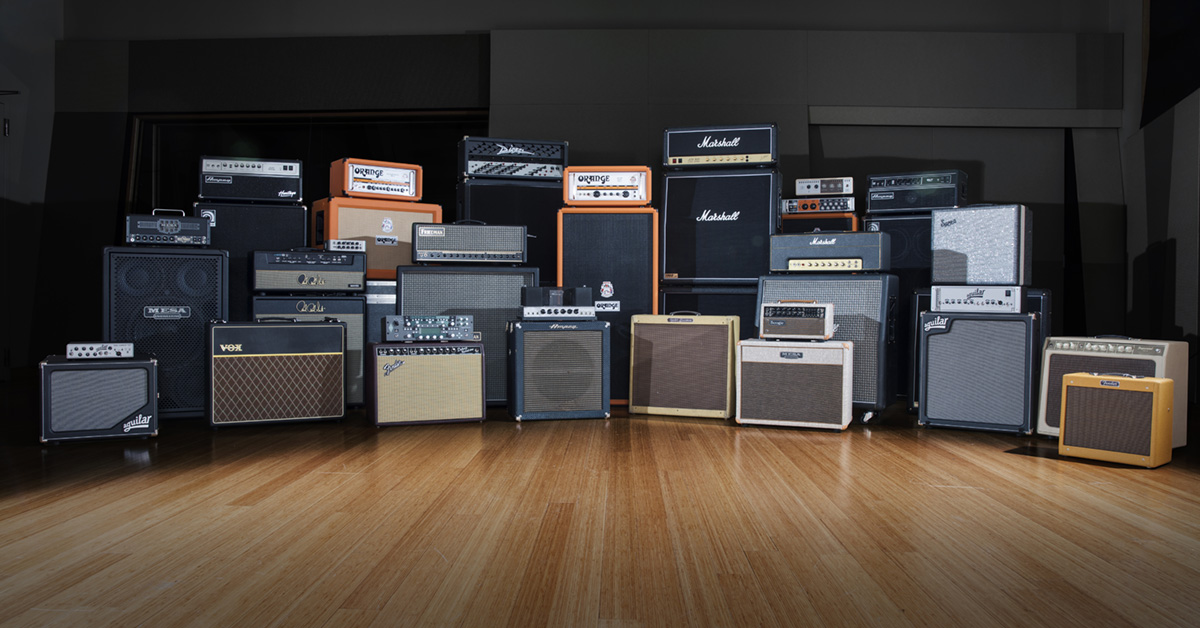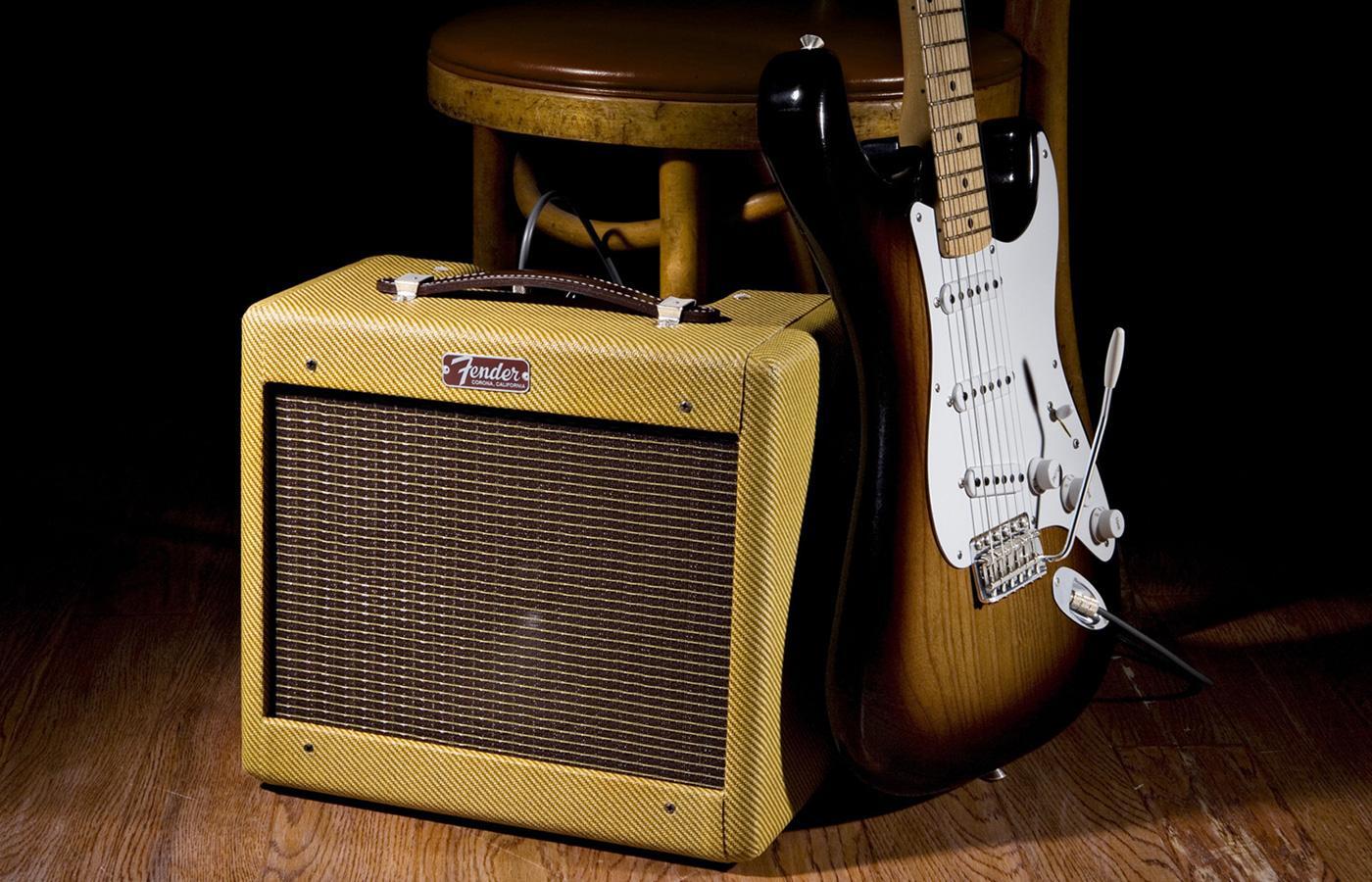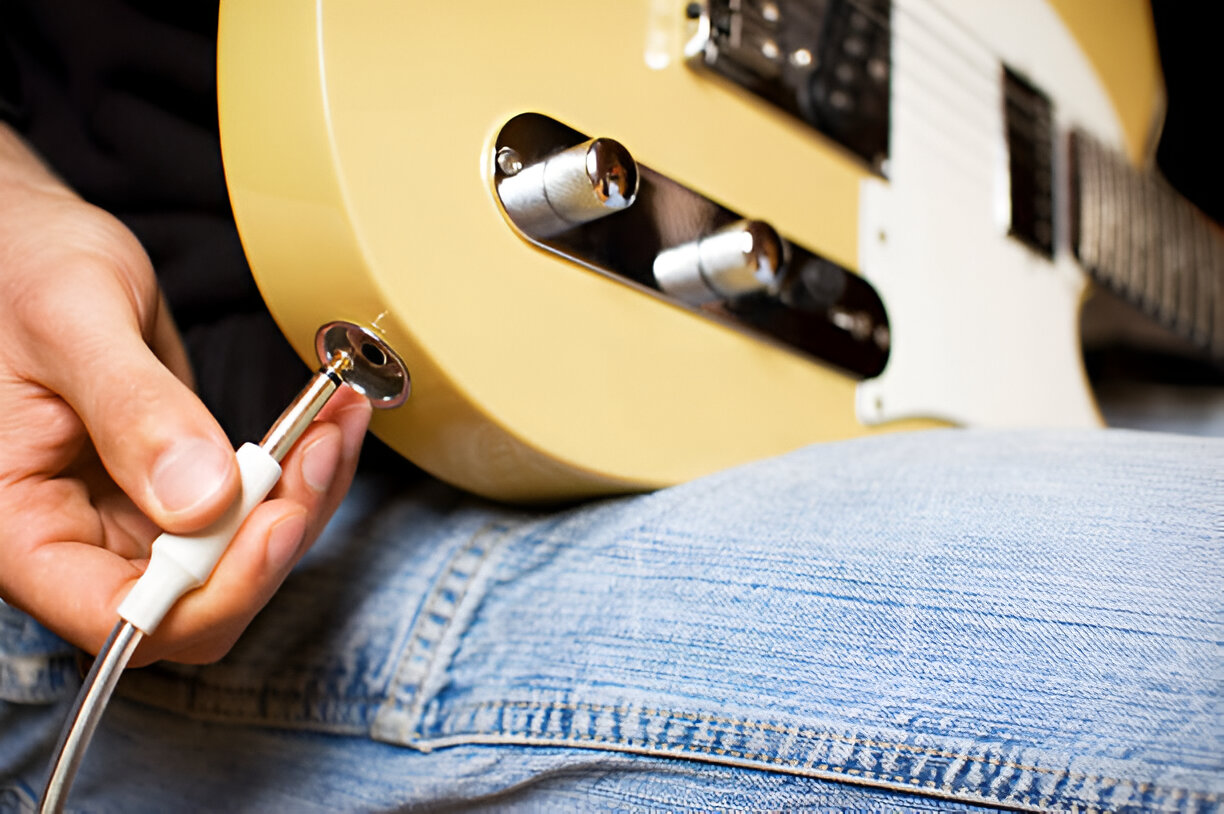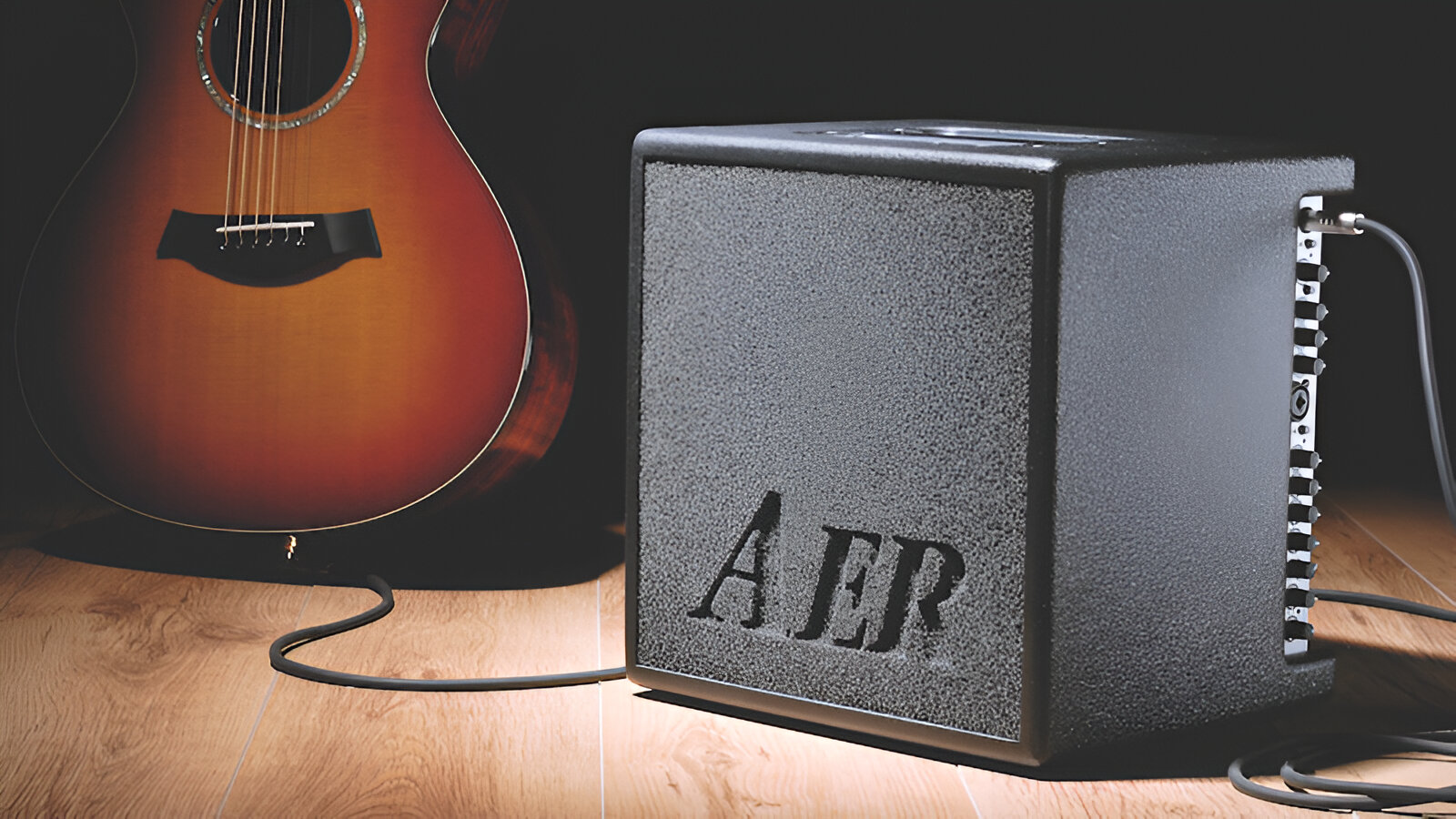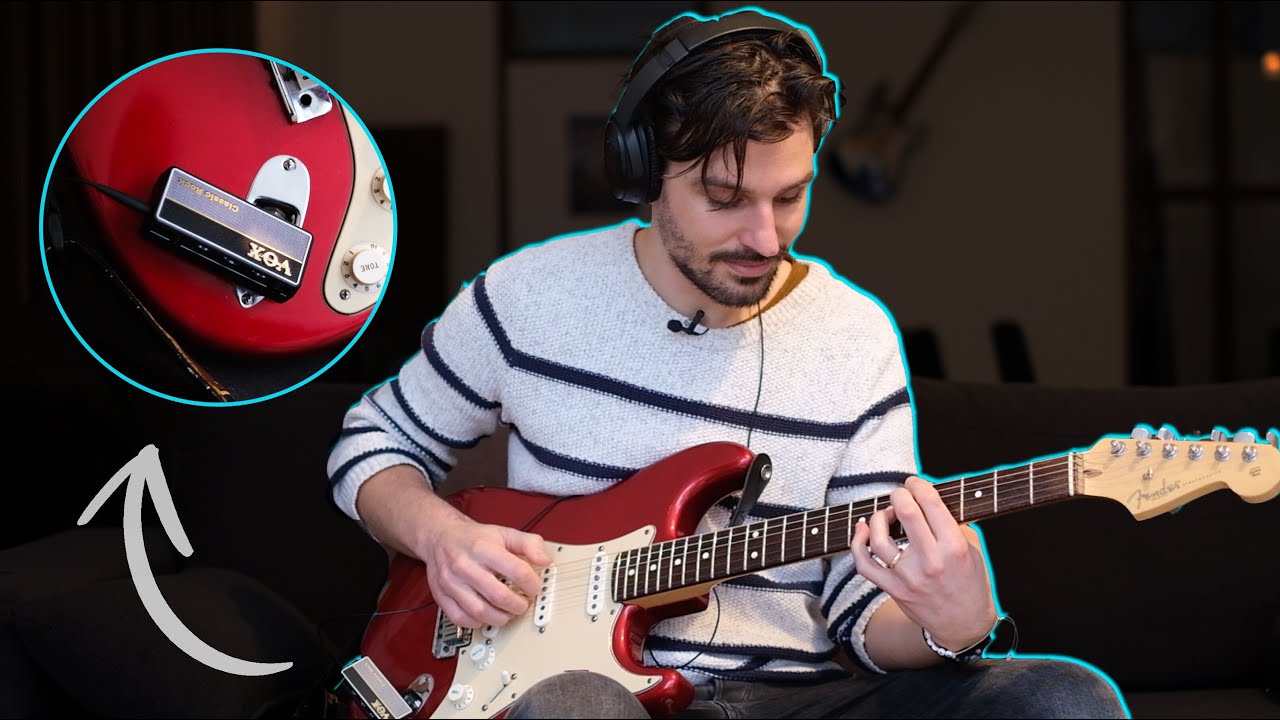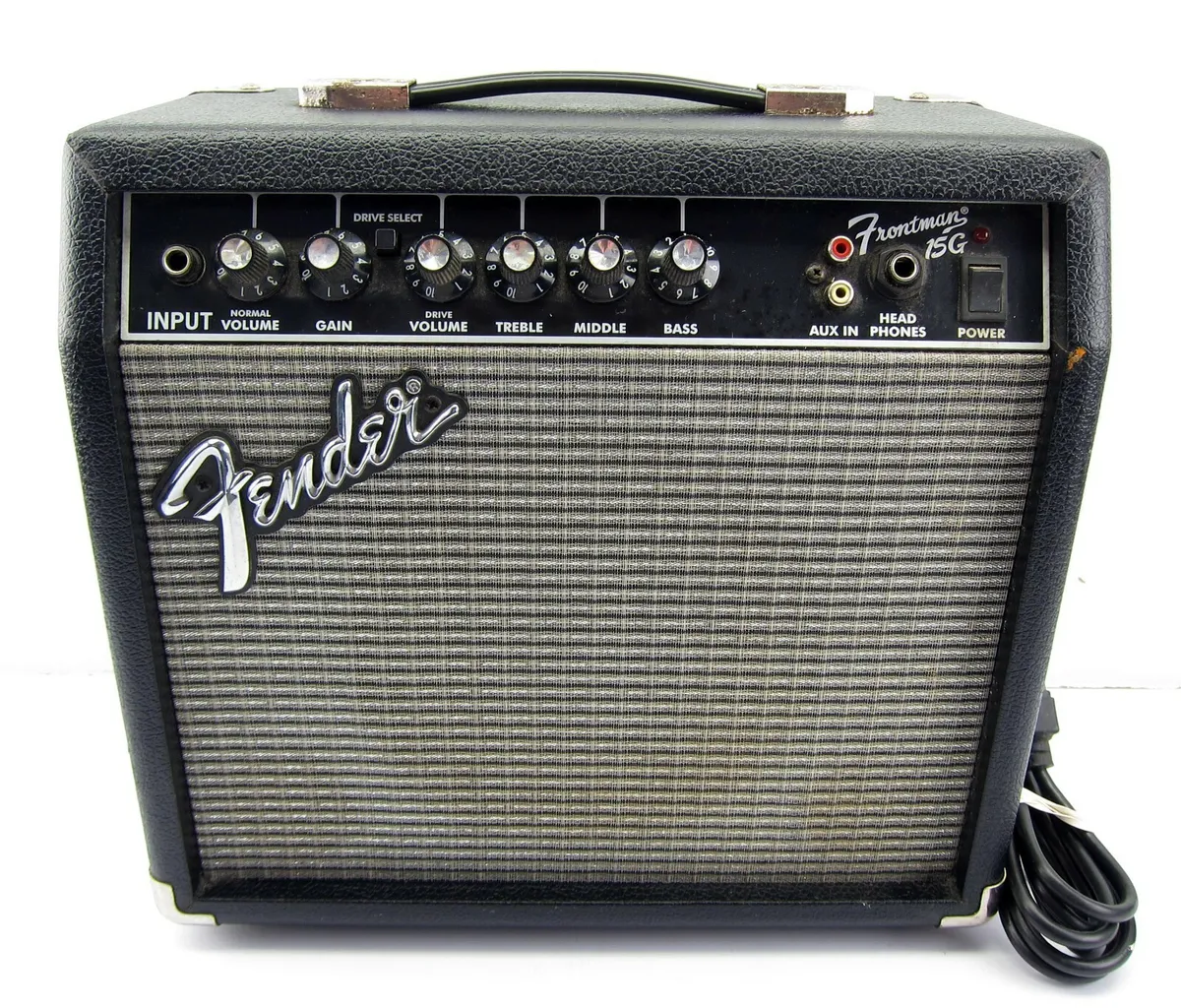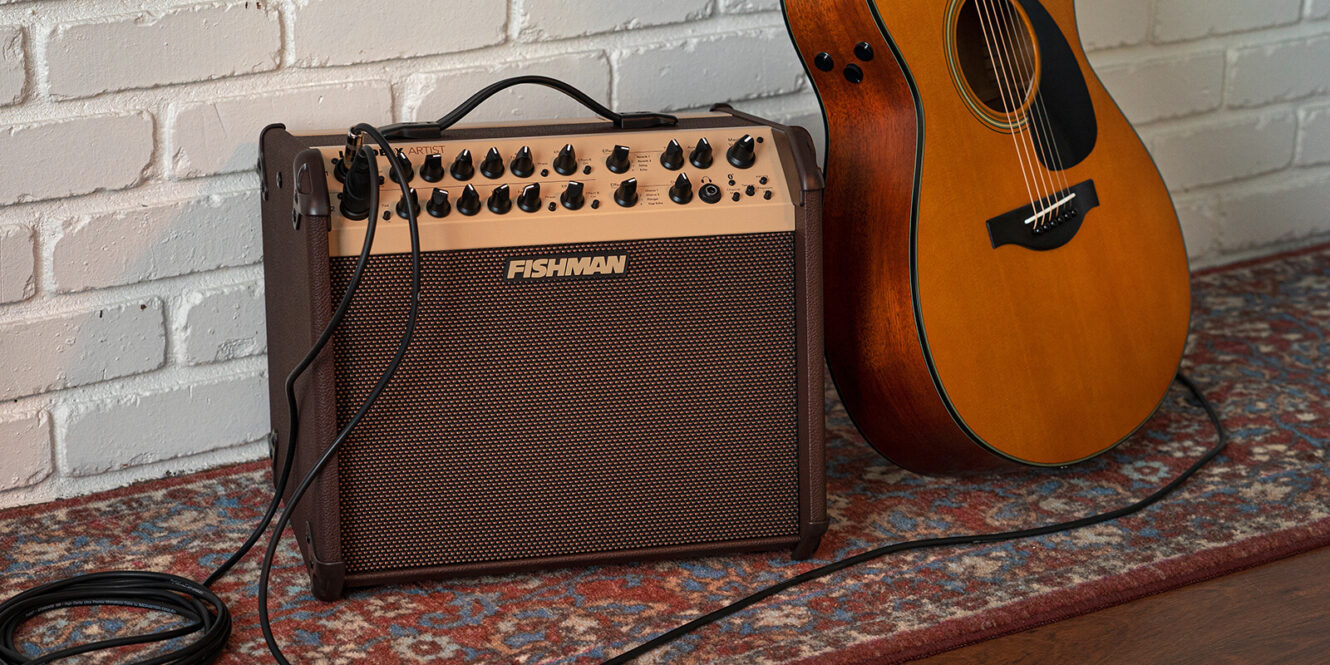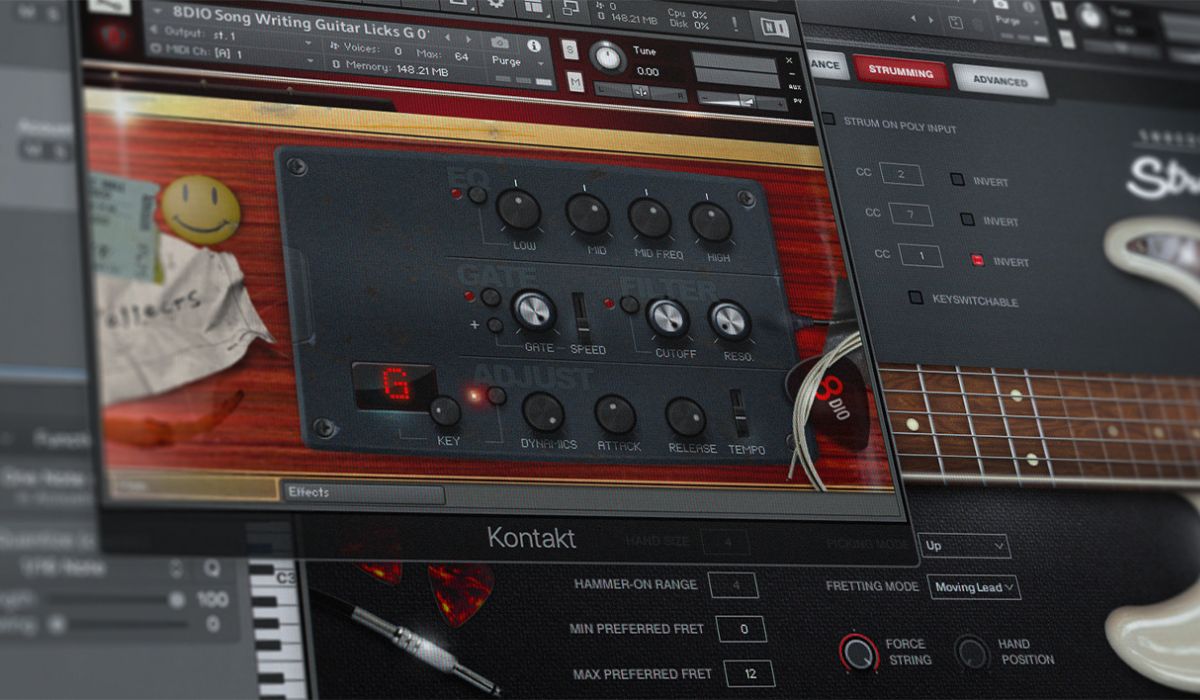Introduction
So, you've just picked up your first electric guitar, and you're eager to start rocking out like your favorite guitar heroes. But wait, there's one crucial piece of equipment you can't overlook: the guitar amplifier. An amp is not just a loudspeaker; it's the heart and soul of your electric guitar setup. It's the magical box that takes the raw sound of your guitar and transforms it into the powerful, dynamic tones that define the rock 'n' roll sound.
Whether you're a beginner or a seasoned guitarist, understanding the role of an amp is essential to achieving the sound you desire. In this guide, we'll delve into the world of guitar amps, exploring their components, functions, and the different types available. By the end, you'll have a clearer understanding of how to choose the right amp for your playing style and preferences.
But first, let's address the burning question: what exactly is an amp for an electric guitar? It's not just a speaker; it's a complex piece of equipment that shapes and amplifies the sound of your guitar in ways that can make or break your musical expression. So, buckle up and get ready to uncover the secrets behind this essential tool for every electric guitarist.
What is an Amp for Electric Guitar?
An amp, short for amplifier, is an electronic device designed to take the signal from an electric guitar and increase its amplitude, or strength, before sending it to a speaker to produce sound. In simpler terms, an amp is the intermediary between your guitar and the sound you hear. It shapes the tone, adds effects, and ultimately defines the sonic character of your instrument.
Think of an amp as a painter’s palette, where the guitarist mixes and matches colors (tones and effects) to create a sonic masterpiece. Without an amp, the sound of an electric guitar would be barely audible, lacking the rich, expressive qualities that define the instrument.
It’s important to note that the amp not only makes the guitar louder but also plays a crucial role in shaping the sound. It can add distortion for a gritty, aggressive tone, or apply reverb for a spacious, atmospheric sound. Some amps even have built-in effects such as chorus, delay, and tremolo, allowing guitarists to explore a wide range of sonic textures.
Furthermore, an amp can be seen as an extension of the guitarist’s creativity. It responds to the player’s touch and technique, accentuating nuances and dynamics. From the gentle whisper of a clean, undistorted tone to the thunderous roar of overdriven power chords, the amp is the conduit through which the player’s emotions and musical ideas are conveyed.
In essence, an amp is not just a tool for amplifying sound; it is a partner in the artistic journey of the guitarist, enhancing and elevating the sonic landscape with its diverse tonal capabilities.
The Components of a Guitar Amp
Understanding the inner workings of a guitar amp is essential for any guitarist looking to craft their desired tone. A typical guitar amp consists of several key components, each playing a crucial role in shaping the final sound that emanates from the speaker.
1. Preamp: This is where the magic begins. The preamp takes the weak electrical signal from the guitar and amplifies it to a level that can drive the power amp. Additionally, the preamp often includes tone controls, such as bass, mid, and treble knobs, allowing the guitarist to shape the frequency response of the signal.
2. Power Amp: Once the signal has been shaped by the preamp, it is sent to the power amp, which further amplifies the signal to a level that can drive the speaker. The power amp is responsible for delivering the necessary power to move the speaker cone and produce sound waves.
3. Speaker: The speaker is where the electrical signal is converted into audible sound. It consists of a cone, voice coil, and magnet, which work in unison to produce the vibrations that we perceive as sound. Different speakers can impart unique sonic characteristics, influencing the overall tone of the amp.
4. Effects Loop: Many modern amps feature an effects loop, which allows external effects units, such as reverb, delay, or modulation pedals, to be inserted between the preamp and power amp. This enables greater flexibility in shaping the overall sound by altering the signal after it has been preamplified.
5. Controls and Switches: Guitar amps are equipped with various controls and switches that allow the guitarist to adjust parameters such as gain, volume, and tone. Some amps also include built-in effects, such as reverb or tremolo, which can be activated using dedicated switches.
Understanding these components empowers guitarists to manipulate their amp’s sound to suit their preferences. By experimenting with different settings and combinations, players can unlock a vast array of tones, from crystal-clear cleans to searing overdrives, making the amp a versatile and indispensable tool for sonic exploration.
How Does an Amp Work?
At its core, an electric guitar amp operates on the principles of electrical signal amplification and transduction. When a guitarist strikes a chord or plays a note, the pickups on the guitar convert the mechanical vibrations of the strings into electrical signals. These weak signals are then sent to the amp through a cable, where the magic of amplification begins.
The process starts in the preamp section of the amp. Here, the incoming electrical signals are amplified to a level suitable for driving the power amp. The preamp also allows the guitarist to shape the tone of the signal using tone controls, such as bass, mid, and treble knobs. This stage is where the raw sound of the guitar is molded and sculpted before being passed to the power amp.
Next, the preamp’s output is sent to the power amp, which further amplifies the signal, increasing its power to a level capable of driving the speaker. The power amp is responsible for providing the necessary electrical power to move the speaker cone, thus producing sound waves that we can hear.
Once the amplified signal leaves the power amp, it is routed to the speaker, where it is transduced into mechanical vibrations. The speaker’s cone, driven by the amplified electrical signal, moves back and forth, creating changes in air pressure that our ears perceive as sound.
Furthermore, the amp may include additional features such as built-in effects, which modify the signal to produce various sonic embellishments. These effects can be applied at different stages of the amplification process, allowing guitarists to create a wide range of sounds, from pristine cleans to heavily distorted tones.
Understanding how an amp works empowers guitarists to optimize their tone and achieve the desired sonic characteristics. By manipulating the various stages of amplification and utilizing the amp’s controls and features, players can unlock a world of expressive possibilities, making the amp an indispensable tool for shaping their musical voice.
Types of Guitar Amps
Guitar amps come in a variety of types, each with its own sonic characteristics, features, and intended applications. Understanding the distinctions between these amp types is crucial for guitarists seeking to achieve their desired tonal palette. Here are some common types of guitar amps:
- Tube Amps: Also known as valve amps, tube amps utilize vacuum tubes to amplify the guitar signal. These amps are revered for their warm, responsive tones and natural compression. Tube amps often exhibit rich harmonics and dynamic sensitivity, making them a favorite among many guitarists, especially in genres like blues, rock, and jazz.
- Solid-State Amps: Solid-state amps employ semiconductor circuitry for signal amplification. They are known for their reliability, lightweight construction, and often feature built-in effects. While they may lack the warmth and harmonic complexity of tube amps, solid-state amps excel at delivering clean, transparent tones and are popular for their affordability and low maintenance.
- Modeling Amps: These amps use digital signal processing to emulate the sound of various classic amps and effects. They offer a wide range of tonal possibilities, allowing guitarists to access different amp and effect simulations within a single unit. Modeling amps are favored for their versatility and convenience, making them suitable for players who require a broad spectrum of sounds.
- Hybrid Amps: Combining the best of both tube and solid-state technologies, hybrid amps integrate a tube preamp with a solid-state power amp. This configuration aims to capture the warmth and responsiveness of tube amps while leveraging the stability and efficiency of solid-state circuitry. Hybrid amps offer a balanced blend of tonal characteristics and are often sought after for their versatility.
- Acoustic Amps: Designed specifically for acoustic-electric guitars, these amps are tailored to reproduce the natural, uncolored sound of acoustic instruments. They often feature specialized inputs and EQ controls optimized for acoustic guitar frequencies, as well as additional features such as microphone inputs and feedback suppression.
Each type of amp offers distinct sonic qualities and features, catering to different playing styles, genres, and performance environments. By understanding the attributes of each amp type, guitarists can make informed decisions when selecting the right amp to complement their musical expression and sonic aspirations.
Choosing the Right Amp for Your Needs
When it comes to selecting a guitar amp, several factors should be considered to ensure that the chosen amp aligns with the guitarist’s playing style, musical preferences, and practical requirements. Here are essential considerations to guide the amp selection process:
- Tonal Preferences: Determine the sonic characteristics that best complement your playing style. Are you drawn to the warm, organic tones of tube amps, or do you prefer the versatility and clarity of solid-state or modeling amps? Understanding your tonal preferences is crucial in finding an amp that resonates with your musical expression.
- Playing Environment: Consider the settings in which you’ll be using the amp. If you primarily play at home or in a studio, a lower-wattage amp may suffice, offering desirable tones at manageable volume levels. Conversely, if you perform in larger venues or with a band, a higher-wattage amp with ample headroom may be necessary to cut through the mix effectively.
- Portability and Features: Evaluate the amp’s portability and additional features. If you frequently gig or travel, a lightweight, portable amp may be advantageous. Additionally, consider whether built-in effects, amp modeling capabilities, or an effects loop are essential for achieving your desired sounds and accommodating external pedals.
- Budget and Long-Term Investment: Set a realistic budget and weigh the long-term value of the amp. While budget-friendly options exist, investing in a quality amp that aligns with your musical goals can yield enduring satisfaction and performance. Assess the amp’s build quality, reliability, and potential for future upgrades or modifications.
- Try Before You Buy: Whenever possible, audition different amps in person to gauge their tonal characteristics, responsiveness, and overall feel. Pay attention to how the amp responds to your playing dynamics and explore its range of tones to ensure it resonates with your musical vision.
Furthermore, seeking advice from experienced guitarists, music store professionals, and online resources can provide valuable insights and recommendations to aid in the decision-making process. Ultimately, the right amp is one that inspires and empowers the guitarist, serving as a faithful conduit for their musical expression.
Conclusion
As we conclude our exploration of guitar amps, it becomes evident that these essential pieces of equipment are far more than mere amplifiers; they are the sonic architects that shape the voice of the electric guitar. From the classic warmth of tube amps to the versatility of modeling amps, the diverse array of amp types offers a wealth of sonic possibilities, catering to the unique preferences and playing styles of guitarists.
Understanding the components and inner workings of guitar amps empowers players to harness the full potential of these sonic tools, enabling them to sculpt their desired tones and express their musical identities. Whether it’s the dynamic response of a tube amp, the pristine clarity of a solid-state amp, or the boundless versatility of a modeling amp, each type offers distinct sonic characteristics, ensuring that there’s an ideal amp for every guitarist’s sonic journey.
Moreover, the process of choosing the right amp involves a thoughtful consideration of tonal preferences, playing environments, portability, budget, and firsthand experimentation. By carefully assessing these factors, guitarists can make informed decisions that align with their musical aspirations, ensuring that their chosen amp becomes a trusted companion in their artistic endeavors.
Ultimately, the relationship between a guitarist and their amp is deeply personal, akin to a musical partnership that resonates with creativity, expression, and sonic exploration. With the right amp at their side, guitarists are poised to unlock a world of sonic possibilities, embarking on a journey filled with inspiration, innovation, and the timeless allure of amplified music.







